
Get the latest international news and world events from around the world.

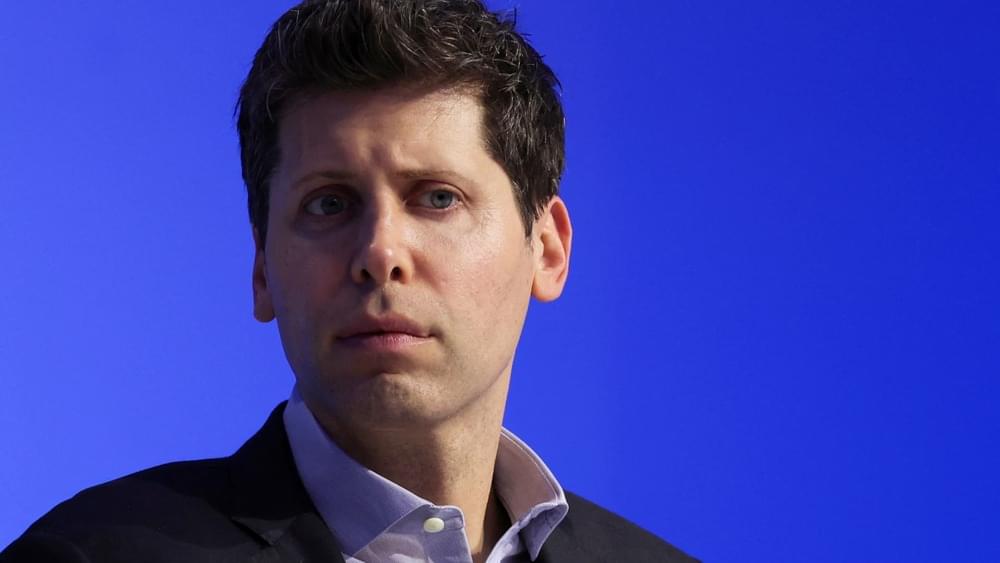
OpenAI announces first partnership with a university
OpenAI on Thursday announced its first partnership with a higher education institution. Starting in February, Arizona State University will have full access to ChatGPT Enterprise and plans to use it for coursework, tutoring, research and more.
The partnership has been in the works for at least six months, when ASU Chief Information Officer Lev Gonick first visited OpenAI’s HQ, which was preceded by the university faculty and staff’s earlier use of ChatGPT and other artificial intelligence tools, Gonick told CNBC in an interview.
ChatGPT Enterprise, which debuted in August, is ChatGPT’s business tier and includes access to GPT-4 with no usage caps, performance that’s up to two times faster than previous versions and API credits.
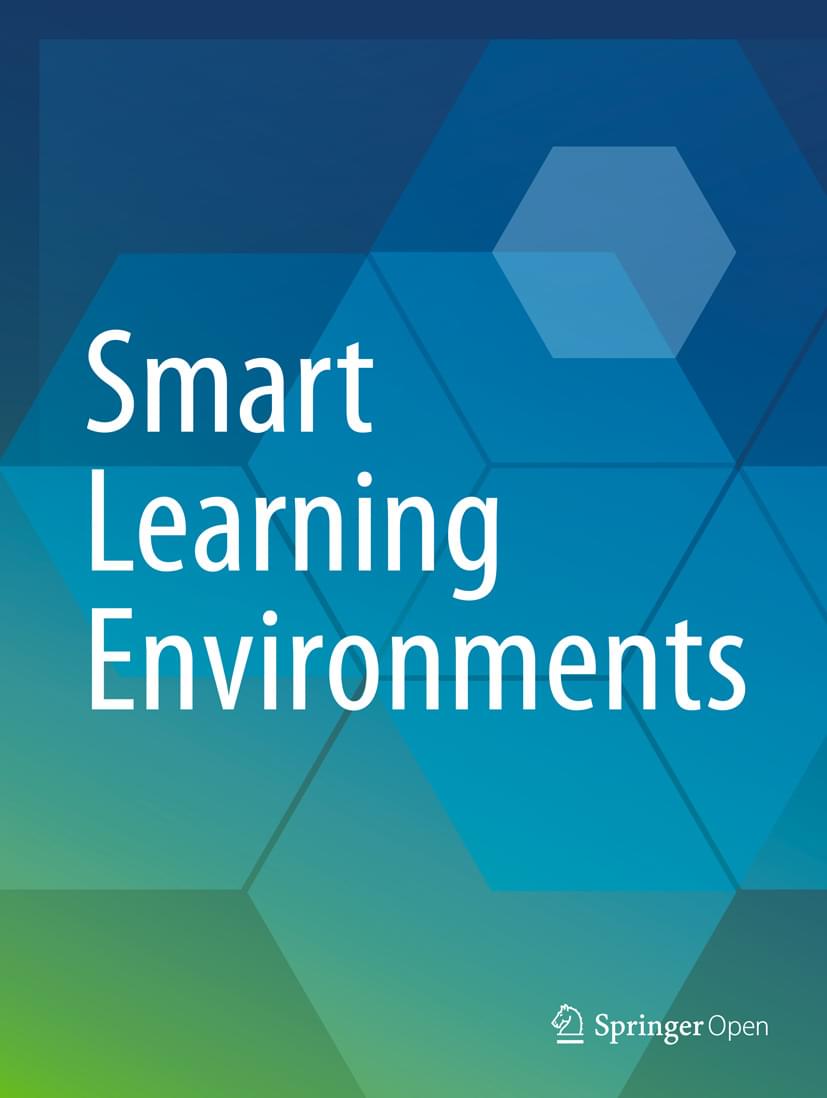
Google Gemini as a next generation AI educational tool: a review of emerging educational technology
This emerging technology report discusses Google Gemini as a multimodal generative AI tool and presents its revolutionary potential for future educational technology. It introduces Gemini and its features, including versatility in processing data from text, image, audio, and video inputs and generating diverse content types. This study discusses recent empirical studies, technology in practice, and the relationship between Gemini technology and the educational landscape. This report further explores Gemini’s relevance for future educational endeavors and practical applications in emerging technologies. Also, it discusses the significant challenges and ethical considerations that must be addressed to ensure its responsible and effective integration into the educational landscape.
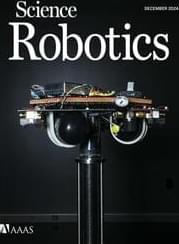
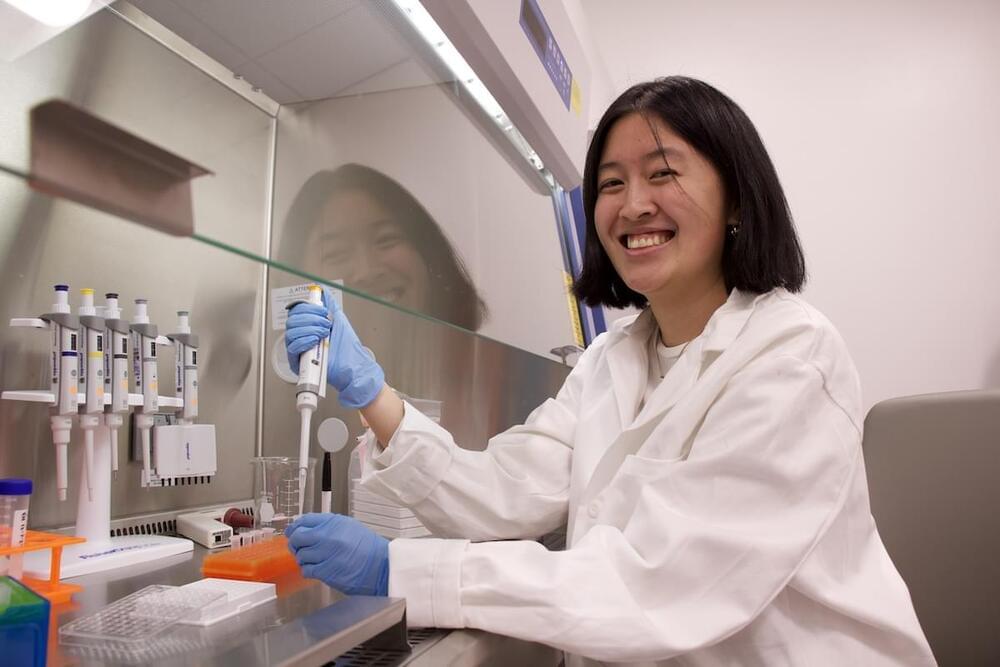
Unlocking the Brain: Peptide-Guided Nanoparticles Deliver mRNA to Neurons
Penn Engineers have modified lipid nanoparticles (LNPs) — the revolutionary technology behind the COVID-19 mRNA vaccines — to not only cross the blood-brain barrier (BBB) but also to target specific types of cells, including neurons. This breakthrough marks a significant step toward potential next-generation treatments for neurological diseases like Alzheimer’s and Parkinson’s.
In a new paper in Nano Letters, the researchers demonstrate how peptides — short strings of amino acids — can serve as precise targeting molecules, enabling LNPs to deliver mRNA specifically to the endothelial cells that line the blood vessels of the brain, as well as neurons.
This represents an important advance in delivering mRNA to the cell types that would be key in treating neurodegenerative diseases; any such treatments will need to ensure that mRNA arrives at the correct location. Previous work by the same researchers proved that LNPs can cross the BBB and deliver mRNA to the brain, but did not attempt to control which cells the LNPs targeted.
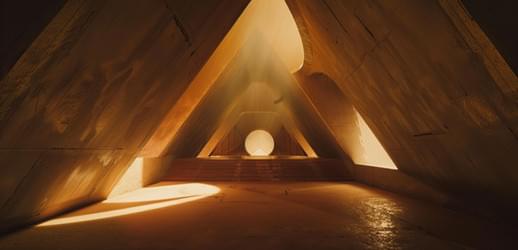
Project Hyperion
Project Hyperion explores the feasibility of crewed interstellar travel via generation ships, using current and near-future technologies. A generation ship is a hypothetical spacecraft designed for long-duration interstellar travel, where the journey may take centuries to complete. The objective of the competition is to design the habitat of the generation ship, including its architecture and society.
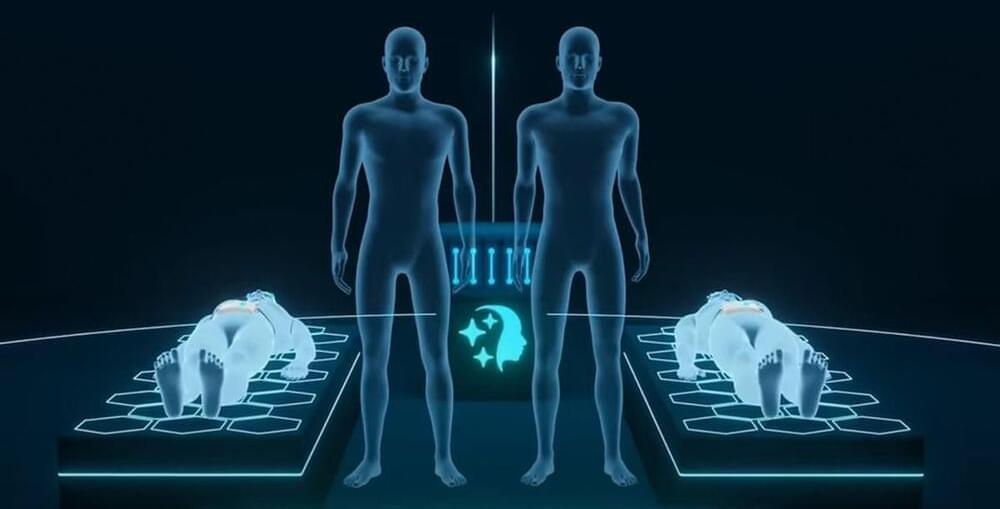
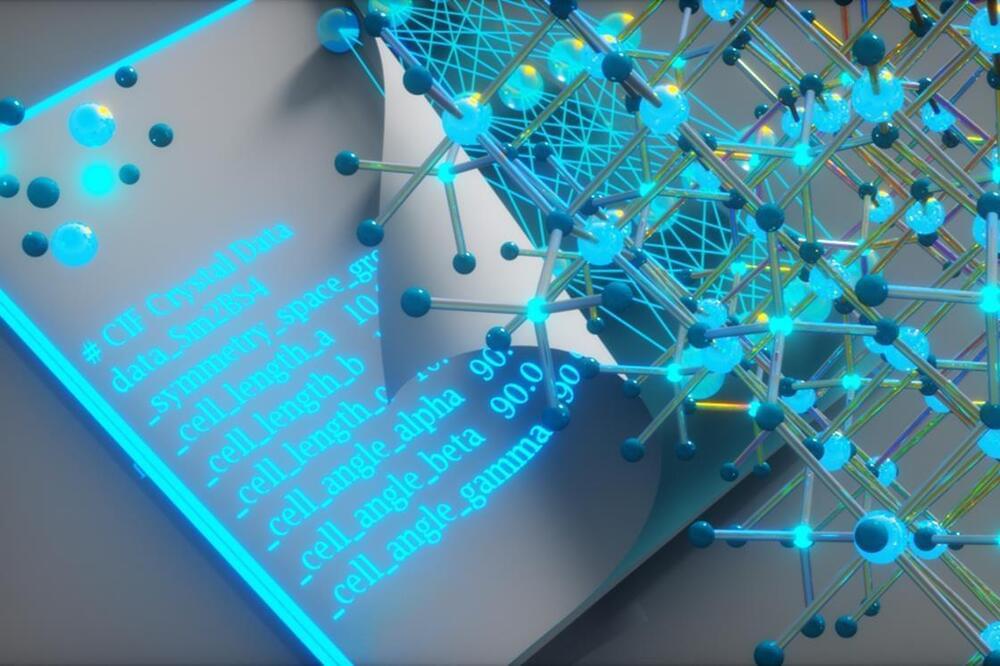

The theory of quantum politics
As the multi-polar world of global politics becomes ever more complex, who better to cast light on its workings than a physicist turned President? Join Armen Sarkissian, former President of Armenia, as he argues for his new theory of quantum politics, in which individuals are necessarily connected across space and our world is dominated by randomness, uncertainty, and possibility.

Tesla Megapacks to back energy facility in this South American country
Tesla’s Megapack grid-scale storage systems have been selected for yet another solar energy and storage project, this time set to be installed in Chile.
Chilean energy storage developer Colbún has announced plans to install over 200 Tesla Megapacks as part of the 228 MW/912 MWh Celda Solar project in the northern part of the country, as detailed in a press release shared this week. The site will be constructed in the Camarones, Arica and Parinacota region, and the company estimates the total cost to be around $260 million.
“Energy storage will play an increasing role in the Chilean electricity system, allowing solar energy generated during the day to be accumulated and supplied to the system at night,” writes José Ignacio Escobar, Colbún CEO, as translated into English from Spanish. “Our energy stored in the reservoirs in the south complements perfectly with the energy that we will store in our batteries in the north, thus having a safe, diversified and competitive offer for our clients from Arica to Puerto Montt.”